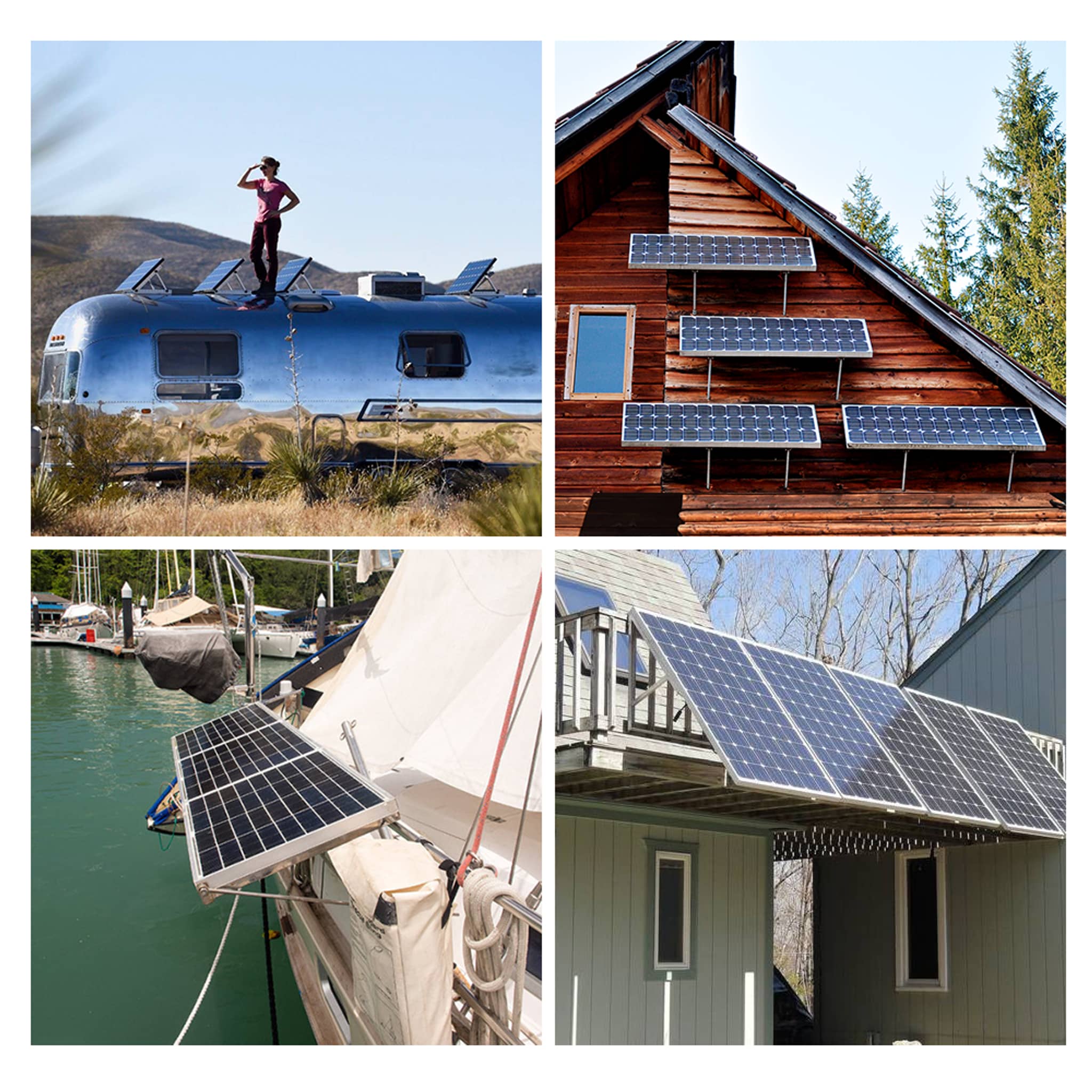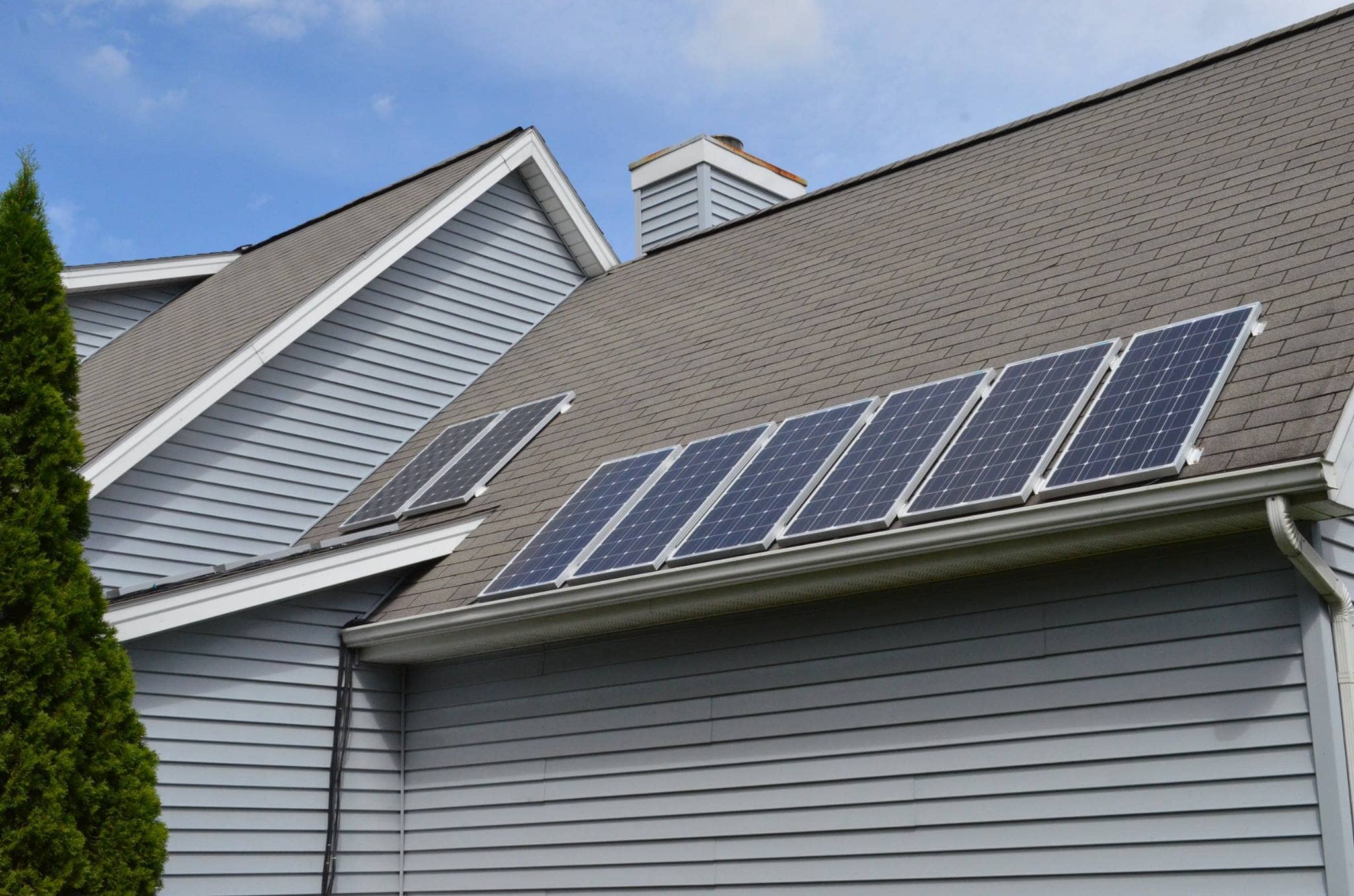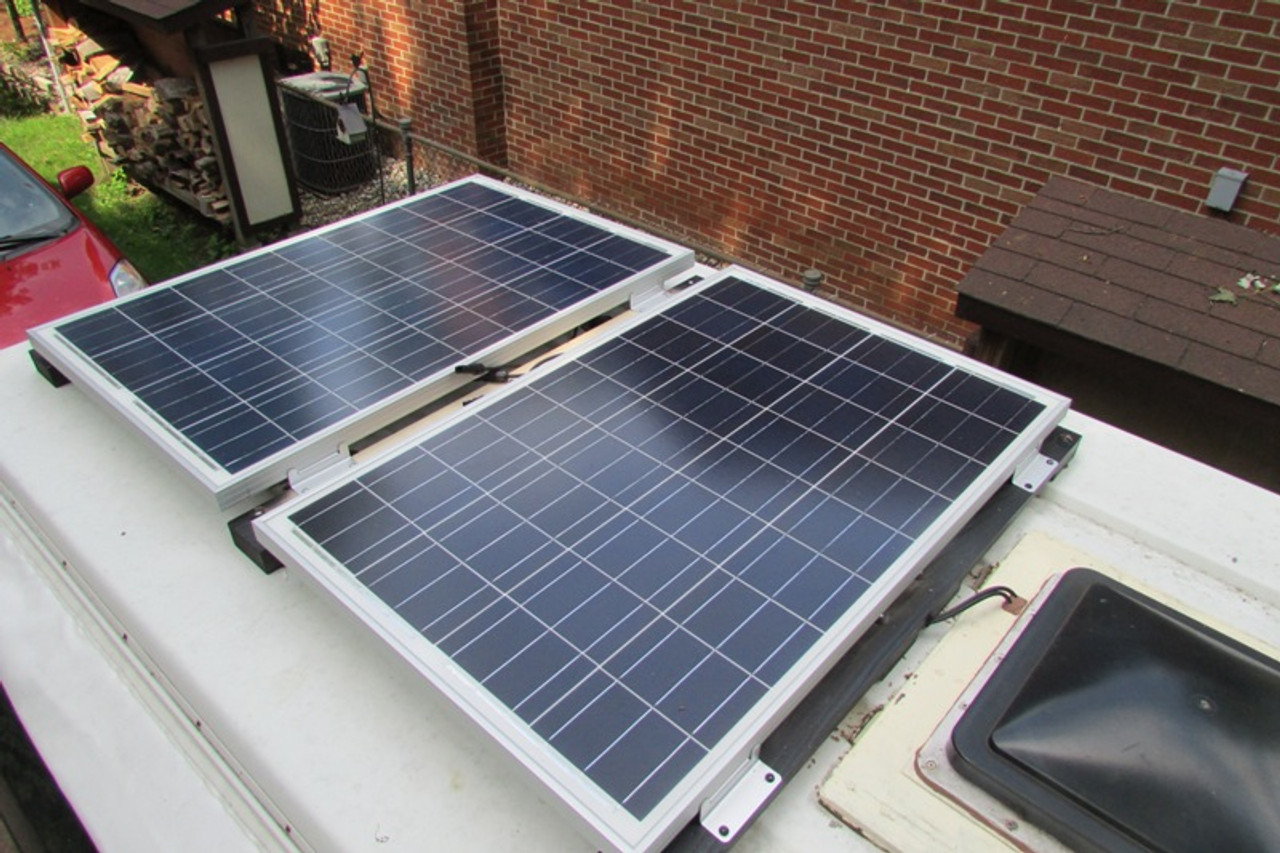Ground-Mounted Solar Panels: What You Need to Know
If your roof is too steep or doesn’t have enough space for several solar panels, but you have a spacious yard, ground-mounted solar panels might be the better option for you. Ground-mounted solar panels typically cost about 10% more than rooftop solar. This is because they require additional equipment, such as poles, mounting structures, and possibly trenching for wiring. Additionally, the panels need to be fixed to the ground at the optimal angle for sunlight exposure and secured against strong winds and other weather conditions, which further increases installation costs. However, over time, ground-mounted solar panels can save more on electricity bills. Before proceeding with installation, it's crucial to understand all the details to ensure you’re making a worthwhile investment.

What is a ground-mounted solar panel
Unlike roof-mounted solar panels, ground mounts for solar panels are installed either on posts or racks that are anchored to the ground. They are tilted at an angle to face the sun and positioned at least a few feet above the surface to allow air to flow around them and water to flow underneath. This makes them an excellent option for both residential and commercial properties with ample land space.
Types of ground-mounted solar panels
The two most common types of ground-mounted solar systems are standard ground-mounted solar panels and pole-mounted solar panels.
Standard ground-mounted solar panels
Standard ground mounts use a metal frame driven into the ground to support the solar panels at a fixed angle. Throughout the year, homeowners can manually adjust the angle of the solar panels to capture more sunlight based on the seasonal changes in the sun.
Pole-mounted solar panels
A pole-mounted solar system, also known as a pole-mount solar array, involves mounting solar panels on single or multiple poles instead of placing them directly on the ground or a roof. Pole-mounted solar systems are often combined with a solar tracking system, which automatically tilts the solar panels to capture the optimal amount of sunlight.
Pole mounts can be installed in areas where ground space is limited or uneven, making them versatile for various landscapes. This method also makes it easier to clean the solar panels. For those seeking maximum solar efficiency, a pole-mounted system may be worth considering for increasing solar panel output by 25% or more. These advanced systems use motors and sensors to automatically adjust the position of solar panels throughout the day, following the path of the sun.Pole-mounted systems can also be explicitly designed for high-wind and harsh weather applications. Pole-mounted panels can stand up to just about anything that ground-mounted solar panels can with a good enough system.
Ground-mounted solar system cost
The cost of a ground-mounted solar system can vary widely depending on several factors such as the size of the system, the type of solar panels and mounting structures used, local labor costs, and any additional equipment like inverters or batteries. On average, the initial investment for a residential ground-mounted solar system, sized at 16 kW, ranges around $54,000. With a potential 30% tax credit available, this cost can reduce to approximately $38,000.
How are solar panels installed on the ground?
Before installing ground mount solar panels, you have to evaluate some factors such as sunlight exposure, soil composition, and potential shading. Additionally, obtaining necessary permits and adhering to local regulations are critical to ensure compliance and project success. After that, you can start the installation.
Clearing and Grading the Site
The installation begins with clearing the designated area of vegetation and debris. Proper grading ensures a level surface, which is crucial for stable and efficient solar panel installation.
Mounting and Anchoring Systems
Solar panels are mounted on racks or frames securely anchored to the ground. Depending on the system type, concrete foundations or driven piles may be used to provide stability and durability.
Wiring and Electrical Connections
After mounting, electrical wiring connects the solar panels to inverters and the electrical grid. Proper installation of wiring and connections is vital for safety and efficient energy transmission.
How to clean solar panels from the ground?
Maintaining clean solar panels is vital for maximizing energy production. One of the simplest methods involves using a garden hose to rinse off loose debris followed by gently scrubbing with a soft brush or sponge. This method is effective for light dirt and dust and is environmentally friendly. For more stubborn dirt or areas with hard water stains, a long-handled squeegee combined with a mild soap solution can be used. Begin by applying the soapy water and then carefully squeegee the panels clean. Avoid using abrasive materials that could scratch the surface. For large arrays or hard-to-reach panels, automated cleaning systems are available. These systems use robotic arms or water-fed brushes to clean panels efficiently without manual intervention.
Ground-mounted solar vs. rooftop solar panels
To compare the predominant methods of mounting PV, let’s take a look at the pros and cons of ground mounts solar panels compared to rooftop solar panels.
Benefits of ground mounts
Flexibility in Placement
One of the biggest advantages of ground-mounted solar panels is the flexibility in placement. You can choose the optimal location on your property to ensure maximum sun exposure, which can significantly increase energy production.
Solar panels working better
Solar panels actually work better when cool, so having air circulation around your panels is in your favor. Ground-mounted panels have significant clearance for airflow, while most roof-mounted panels are practically directly against the roof. While this is a minor point, it’s another point in favor of ground mounted solar panels systems
Easy Maintaining
Solar panel maintenance is also much easier for ground solar panels. To reach your roof-mount panels, you’ll have to go up onto your roof. There’s no other way around it. Whenever something seems off with your ground-mount panels, you can simply walk over to them. This is a huge bonus in the winter, where you can use a household broom to remove snow instead of some specialized snow clearing tool.
Drawbacks of ground mounts
High Cost
Ground mounted solar panels systems are, in fact, usually more expensive than roof-mounted systems. When installing ground-mounted solar panels, the racking needs a foundation on which to be installed. This can mean laying a cement foundation or a variety of other options. This leads to ground-mount panels additional cost than roof-mount panels for the same capacity. Depending on the size of the foundation and solar array being installed, you might also need to get additional permits to carry out the installation, costing both time and money.
Space Requirements
Ground-mounted systems require a significant amount of land, which may not be available for all homeowners. This could be a limiting factor for those with smaller yards or less open space.
Permit and Zoning Issues
Installing ground-mounted systems may require additional permits and can be subject to local zoning regulations. This can add another layer of complexity and potential delays to the installation process. Rooftop panels protect part of the roof from weather and degradation, and add a layer of insulation.

FAQ
Can I DIY install ground-mounted solar panels?
Yes, you can install ground-mounted solar panels yourself, which may be easier than installing solar panels on your roof. But you may still need professional help to install the wiring or build the structure.
How far can ground mounted solar panels be from your house?
You can install solar panels up to 500 feet from your home, but that will require long and expensive wires to prevent energy loss. A distance of 50 feet or less will keep the voltage drop at 2%, which is the acceptable limit for current.
Is Ground Mount Solar Panels Cheaper Than a Roof-Mounted System?
No, in fact, installing ground-mounted solar panels is more expensive than rooftop solar panels. But ground-mounts solar panels can make the best use of available sunlight throughout the sun. They provide more adjustment capabilities than roof-mount systems, producing a bit more electricity and narrowing the price gap in the long run.










